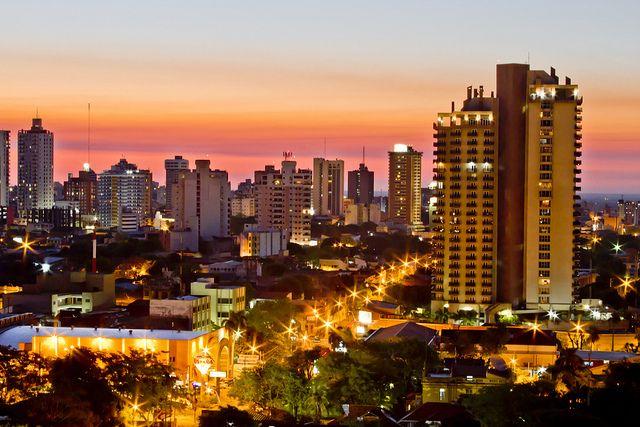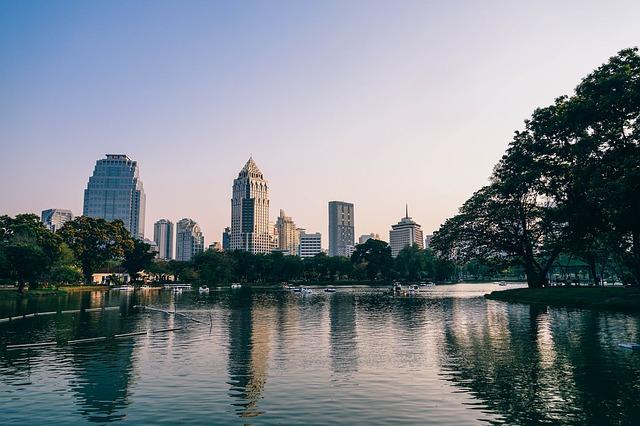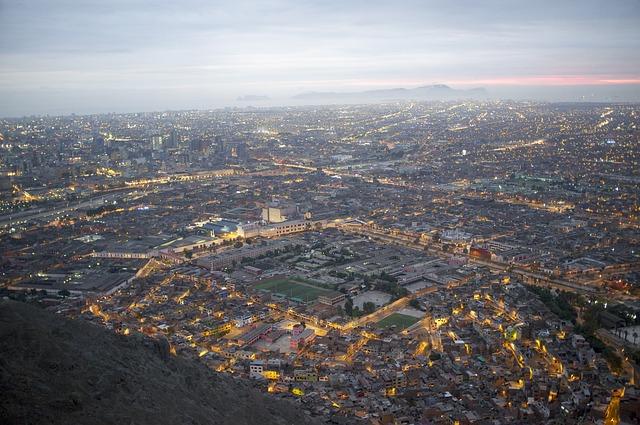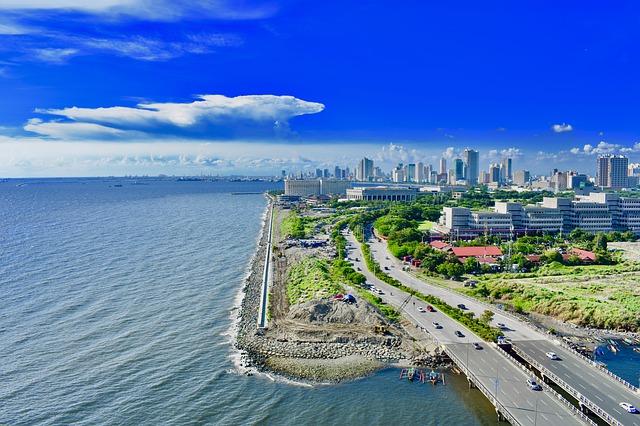Paraguay: Residency paths, cost of living, and best expat towns
Paraguay doesn’t usually come up in conversations when people talk about moving abroad. Ask someone to name South American countries and you’ll hear Brazil, Argentina, Colombia, maybe Chile. Paraguay? Most folks draw a blank.
That’s kind of the beauty of it. It’s not overrun with tourists, not plastered all over Instagram, and the people who do end up there often feel like they’ve stumbled on a secret.
If you’re curious about what life there actually looks like (how to stay legally, how far your money goes, and which towns people like to settle in) let’s dig in.
Residency: how you actually get in the door
A few years back, Paraguay was famous in expat circles for having one of the easiest residency programs in the world. You could literally apply for permanent residency straight away, no “temporary stage” nonsense. Word got out, people took advantage, and eventually the government said: okay, time to tighten things up.
Now, it works differently. You start with temporary residency, usually valid for two years. After that, if you’re still around, you can apply for permanent. Compared to most countries, it’s still very straightforward: you don’t need to buy half a million dollars’ worth of property or anything dramatic like that. But it’s no longer an instant permanent pass.
The government wants you to prove you’re financially stable. The most common way is making a deposit in a Paraguayan bank: an amount tied to the minimum wage, which is relatively low by international standards. Other options include showing a retirement pension, work contract, or starting a business.
Paperwork-wise, you’ll need police records, birth certificate, health check, and yes, the dreaded apostille stamps if those papers come from abroad.
What makes Paraguay stand out is the short timeline to citizenship. If you hold permanent residency and actually live there, you can apply for a passport after just three years. That’s quick compared to, say, Argentina (five years) or Spain (ten years). And Paraguay allows dual nationality, depending on where you’re from.
Of course, nothing in Latin America happens overnight. Bureaucracy can move slowly, and you’ll need patience to get through the process. But in the end, it’s one of the easier doors into the continent.
Cost of living: easy on the wallet
One of the big reasons people look at Paraguay is cost. Simply put, living there is cheap compared to a lot of the world. Not “backpacker cheap,” but “live comfortably without sweating over every bill” cheap.
Rent is where you notice it first. In Asunción, you can find a decent modern apartment in a good area at a price that would barely cover a storage unit in New York or London. Go outside the capital and it gets even cheaper. If you’re the type who dreams of land, Paraguay has loads of it, and the prices can be surprisingly accessible.
Food is another area where your money goes far. Paraguayans love their beef, manioc, corn-based dishes, and cheese. Eating out won’t set you back much, and shopping at local markets is ridiculously affordable. You can fill your bags with fresh produce for what feels like pocket change compared to supermarket prices in the U.S. or Europe.
Utilities? Electricity is cheap thanks to Paraguay’s giant hydroelectric plants. Internet and mobile services don’t cost much either, though speeds can be uneven outside the cities. What will sting is imported goods.
Electronics, fancy wines, or anything shipped in from abroad gets hit with high import costs. So if you can’t live without your exact brand of laptop or perfume, be ready to pay.
Healthcare is surprisingly accessible. Public hospitals exist, but they’re stretched thin. Private clinics in Asunción and a few other cities are the go-to for most expats, and the prices are low compared to North America. Many people just pay out of pocket because the bills are manageable.
As a ballpark: a single person can live comfortably on about $1,200 a month. Couples on $2,000 can live well, maybe even travel around a bit.
Where expats actually live
Paraguay isn’t a huge country, but different towns have different vibes. Here’s the quick-and-dirty breakdown.
Asunción
The capital is the default landing pad. It’s got the best hospitals, schools, and infrastructure. You’ll also find more English speakers here than anywhere else, though Spanish is still essential. Certain neighborhoods, Villa Morra, Carmelitas, are where most expats settle. These areas have cafés, shopping malls, and a bit of nightlife.
Asunción is far less chaotic than other Latin American capitals. Yes, there’s traffic, but it’s not at São Paulo levels. If you like convenience and a built-in expat presence, this is the easiest place to start.
Encarnación
Down south, on the Paraná River, Encarnación feels different. It’s sometimes called Paraguay’s beach town, not because of an ocean, but because the riverside has sandy stretches where people swim and hang out. In summer, the whole place comes alive with festivals, music, and a big social scene.
It’s slower-paced than Asunción, with cheaper living costs. Expats like it because it feels relaxed, but still connected. And if you ever want a change, Argentina is literally across the bridge.
Ciudad del Este
This one’s a different beast. Ciudad del Este is Paraguay’s big commercial hub, sitting right on the triple border with Brazil and Argentina. People flood in from both sides to buy electronics, clothes, and just about anything else at bargain prices.
The city itself is hectic, crowded, and not always polished. But it has energy. Plus, you’re next door to Iguazú Falls, which is one of the most incredible sights in the world. Some expats love the buzz, others find it exhausting.
Smaller towns and countryside
A lot of foreigners, especially Europeans and North Americans, have chosen smaller towns or outright farmland. Villarrica and Caacupé come up often: places that are big enough to have services, but small enough to feel like “real Paraguay.”
Internet can be hit-or-miss, and rural roads are rough. But if your dream is land, quiet, and a simpler lifestyle, this is where Paraguay shines. You’ll spend far less than you would buying property in Argentina or Uruguay.
Everyday life: what it feels like
Paraguayans are known for being warm and laid-back. The culture is family-oriented, social, and very tied to traditions. The national drink, tereré, is a perfect example. It’s yerba mate, but served cold, and you see people carrying thermoses and cups everywhere. Sharing it is a social ritual: you don’t drink tereré alone if you can help it.
Spanish is the main language, but Guaraní, the indigenous language, is also widely spoken. It’s common to hear people switch between the two in the same conversation. If you make an effort to learn Spanish, your life will be easier. Pick up a few words of Guaraní and you’ll really win people over.
Of course, not everything is perfect. Bureaucracy moves at a crawl. Things that should take a week sometimes take months. Outside the capital, infrastructure is patchy: roads with potholes, occasional power cuts, slow internet. But most expats decide the trade-off is worth it because life is affordable, friendly, and low-stress.
Wrapping it up
Paraguay isn’t flashy. It doesn’t scream for attention. But that’s exactly what some people love about it. Residency is still easier than most places in the region. Daily costs are low enough that you can stop stressing over bills.
And you can choose your lifestyle: city convenience in Asunción, riverside relaxation in Encarnación, border hustle in Ciudad del Este, or wide-open land in the countryside.
It’s not everyone’s cup of tea. If you need everything polished and perfectly organized, you’ll probably get frustrated. But if you’re okay with things being a little rough around the edges, Paraguay rewards you with a slower, friendlier, more affordable way of life.



